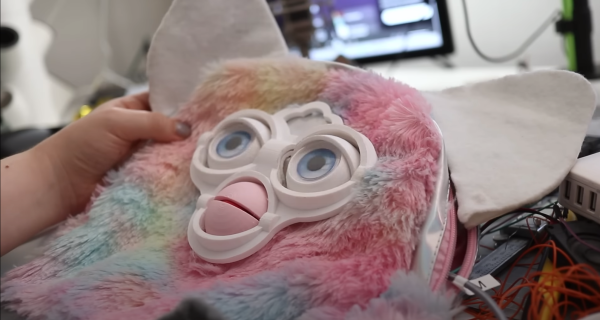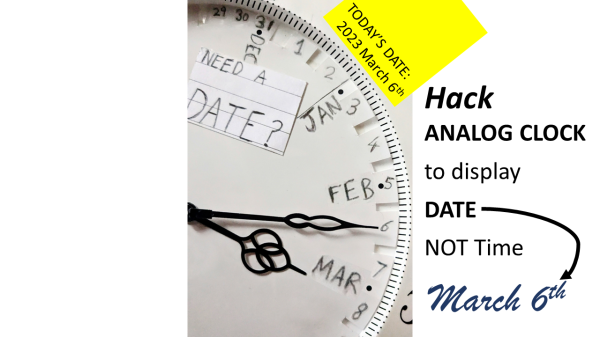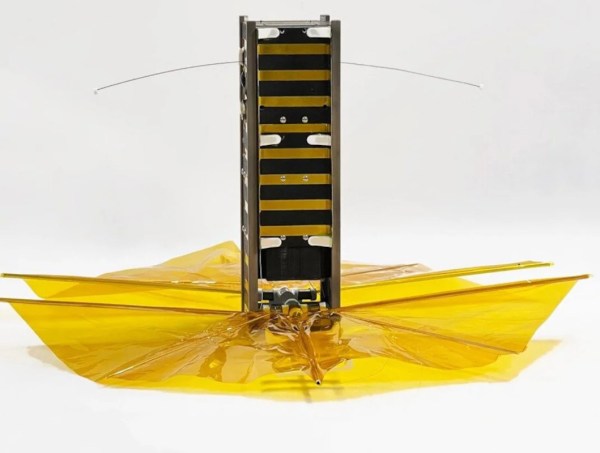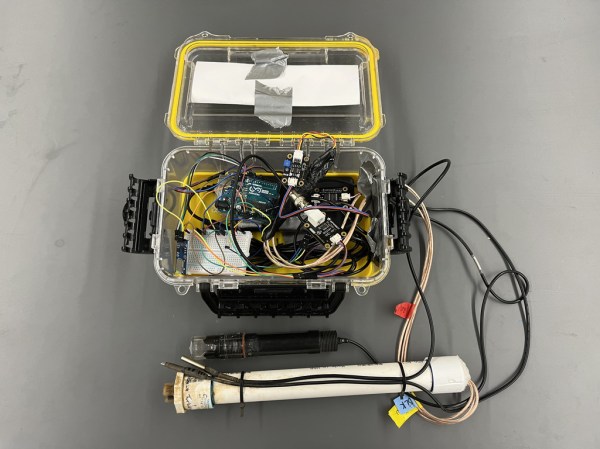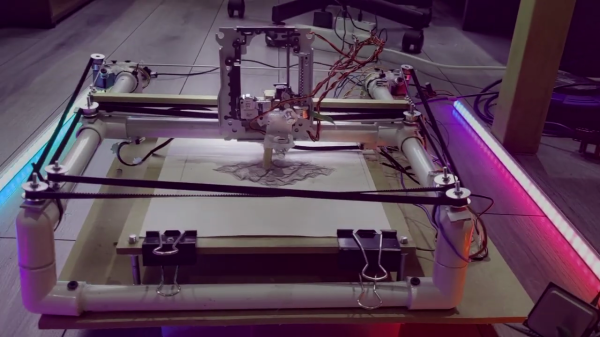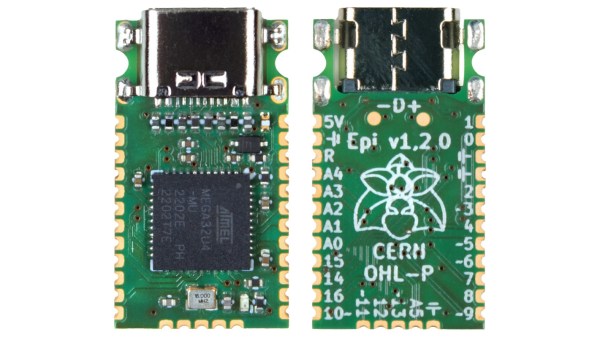When you want a backpack that turns heads and gets people talking, you can get ahead of the conversation with a talking backpack. [Nina] created a rucksack with the legendary babbler itself, the infamous Furby.
Believe it or not, no actual Furbies were sacrificed in the making of this backpack. The build uses an Arduino Nano, two servos, and a DFPlayer Mini for audio. A 3D printed faceplate is used for the iconic eyes and face. The code is fairly simple, waiting for a random delay and then triggering one of four effects. It can play a sound or blink and does its best to move the mouth while the sound is playing thanks to the handy busy line coming off the sound module. A unicorn children’s backpack offered a furry shell to stuff the electronics inside. A custom PCB makes the whole thing just a little neater internally.
Perhaps next [Nina] can integrate voice recognition so that the backpack can answer simple questions like an Alexa-powered Furby we’ve seen before.
Continue reading “Move Aside Yoda, It’s Furby’s Turn On Luke’s Back”

